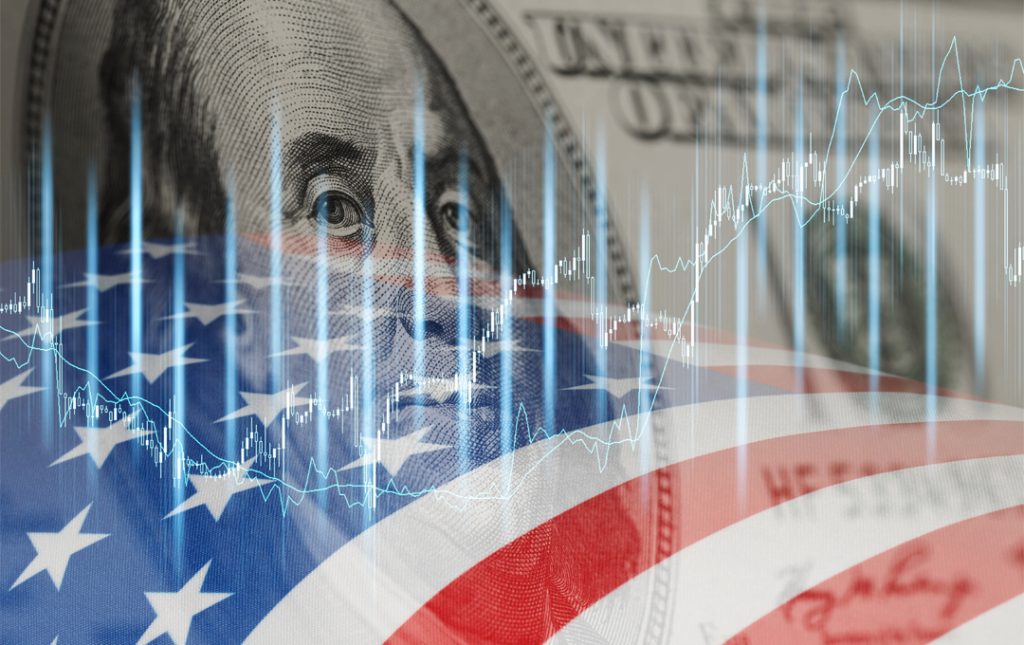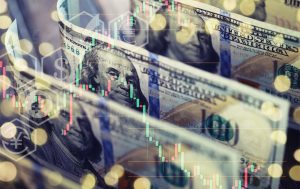In the past 24 hours, markets have been rocked by the aftershocks of President Donald Trump’s sweeping new tariff policy, which is now fully in effect. Amid growing fears of a deepening global trade war, investors are scrambling for safety, equities are in retreat, and central banks are walking a fine line between inflation control and growth preservation.
BOJ’s Cautious Tone Amid U.S. Tariff Escalation
Bank of Japan Governor Kazuo Ueda reaffirmed the central bank’s readiness to pursue further interest rate hikes, but warned of growing trade uncertainty that could derail Japan’s economic recovery. Speaking at a Trust Companies Association event in Tokyo, Ueda underscored the need to be “very cautious about the growing uncertainty surrounding future trade policies.”
While the BOJ held its rate at 0.5% in March, the path forward has become more complicated. Steep tariffs introduced by the U.S.—especially the 25% levy on automobile imports and a reciprocal 24% tariff on Japanese goods—threaten to shave off up to 0.8 percentage points from Japan’s economic growth, putting pressure on the central bank’s tightening roadmap.
Despite inflationary pressures persisting in Japan and notable pay hikes from large firms supporting the income-spending cycle, the backdrop of trade friction clouds the BOJ’s ability to act decisively at its next meeting on April 30–May 1.
Currency Watch: Yen Strengthens, FX Talks Loom
The Japanese yen has strengthened more than 7% YTD, fueled by global risk aversion and expectations of foreign exchange discussions with the U.S. Japanese Finance Minister Katsunobu Kato confirmed that currency movements may be on the agenda in upcoming bilateral trade talks, likely during the G20 finance leaders’ meetings in Washington later this month.
While not officially confirmed, Washington may pressure Japan to help strengthen the yen as part of its broader plan to support U.S. manufacturers and correct its trade deficit. A potential outcome could include yen-buying interventions or accelerated BOJ rate hikes.
The USD/JPY pair has already dropped to 145.53, and some expect it to decline further by 1–2 yen as the full brunt of the U.S. tariffs kicks in and negotiations progress slowly.
Equities Sell Off: Bear Market on the Horizon
The Nasdaq Composite plunged 2.1%, extending its losses from record highs to 25%, while the S&P 500 fell 1.7% to close under 5,000, just shy of confirming a bear market. The Dow Jones slid 320 points, leaving it 16% below its peak.
Tech stocks led the declines, with Apple under pressure due to its exposure to Chinese manufacturing and Tesla down 55% from its December highs. Broader concerns about tariff-induced inflation, weakened consumer demand, and supply chain disruptions have pulled down nearly every major sector—from industrials to semiconductors.
Gold Surges on Safe-Haven Demand
Amid the risk-off sentiment, gold surged nearly 1%, reclaiming the $3,000 level, after briefly dipping to $2,956 earlier this week. The move was driven by renewed safe-haven flows following Trump’s announcement that he would impose an additional 50% tariff on China, bringing the total to 104%.
In retaliation, China threatened new countermeasures, escalating the standoff. Traders now fear that globalization itself could be at risk, and gold’s structural bull market is gaining fresh momentum from both central bank demand and investor flight from volatility.
Spot gold was last seen at $3,044.70/oz, with potential to retest last week’s all-time high of $3,167 if tensions worsen.
Oil Dips on Demand Fears
In commodities, Brent crude fell 2.3% to $61.35, and WTI dropped 2.4% to $58.13—both at their lowest levels since February 2021. The market is increasingly concerned that a collapse in global trade, triggered by tariffs, will hit energy demand at a time when OPEC is increasing production.
Final Thoughts
The past 24 hours have cemented the fact that Trump’s tariffs are not just political theatre—they are now impacting real-world market flows, central bank policy paths, and global growth expectations. Japan finds itself at the heart of this crisis, juggling its trade exposure to the U.S. with domestic inflationary pressure and currency strength.
As U.S. officials prepare for FX talks and global markets digest the new reality, volatility is expected to remain elevated. Traders should brace for more swings in risk assets, further safe-haven inflows, and the possibility of monetary recalibration across key central banks.



